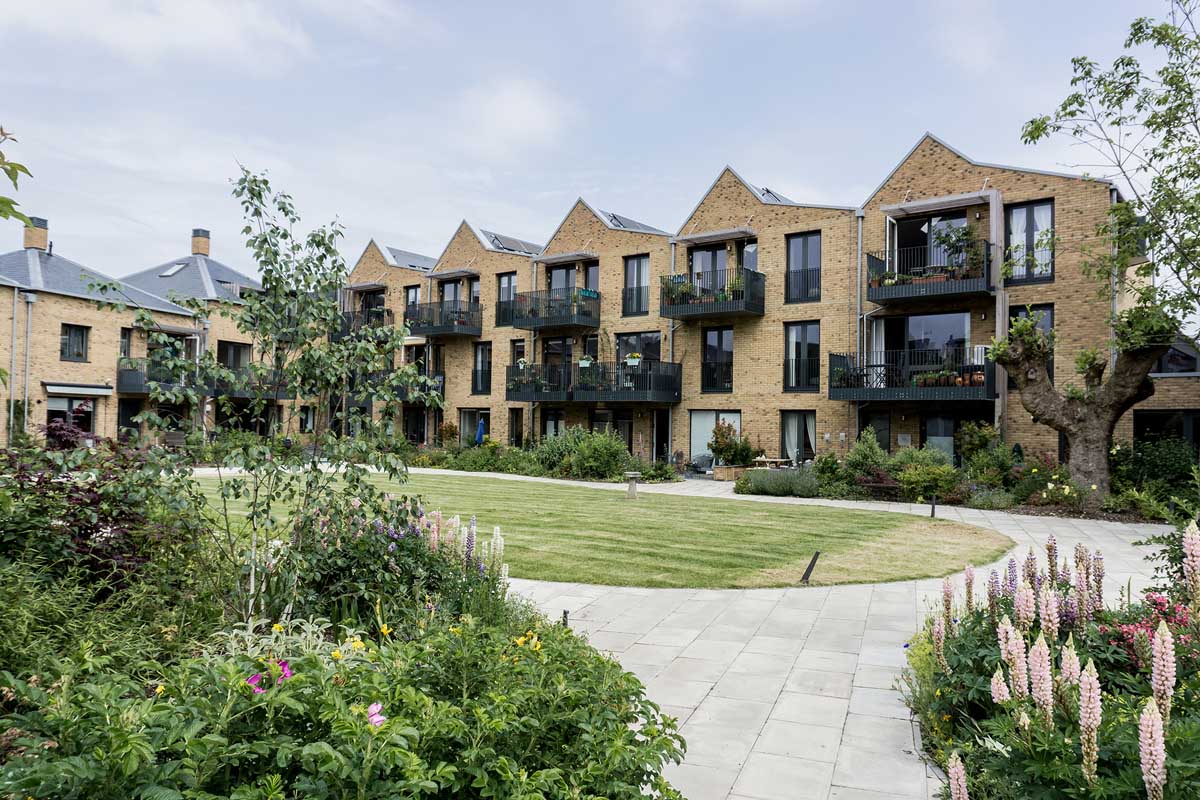Director at The Urban Advisory, Dr. Natalie Allen’s role is to make the seemingly complex simple, when it comes to designing and delivering our built environment. She specialises in designing neighbourhoods that enhance wellbeing and is passionate about the delivery of quality, resilient, and people-centric developments.
Dr. Allen attended the recent Design Experience Series to speak about what embracing a sustainable and citizen-centric approach to designing our neighborhoods might look like.
“New Zealand is facing a real sea-change moment in terms of how we think about and deliver our neighborhoods, towns, and cities and the built projects within them. However, in saying that, we do have a long way to go,” Dr. Allen says.
“The key message here is that this work is for all of us, and we really need to collaborate as an entire built environment industry, if we’re going to get this right for each other and the people in our neighborhoods, towns, and cities.”
So, what is Citizen-Centric design?
“Everybody has different ideas of what citizen centricity might mean to them. We need to recognise that we’ll all have our own vision for an ideal neighborhood. And what we need to look for as the built environment industry is what all those large patterns are, that we can start to respond to in our designs.”
Dr. Allen is a fan of the idea of a “20-Minute Neighborhood”, but she says we don’t need to get so hung up on the fact that it’s the idea of “20 minutes of walking”.
“The key thing here is actually that it’s about a place for all ages. It’s about having diverse and affordable homes. It’s about being well-connected. And it’s about having access to all the different amenities that you might need, including job opportunities.”
“If it really came down to three core ideas, they would be inclusive, transparent and responsive. How can we be these things when we design our spaces? In this way, to be citizen-centric, really means to deliver wellbeing,” Dr. Allen says.
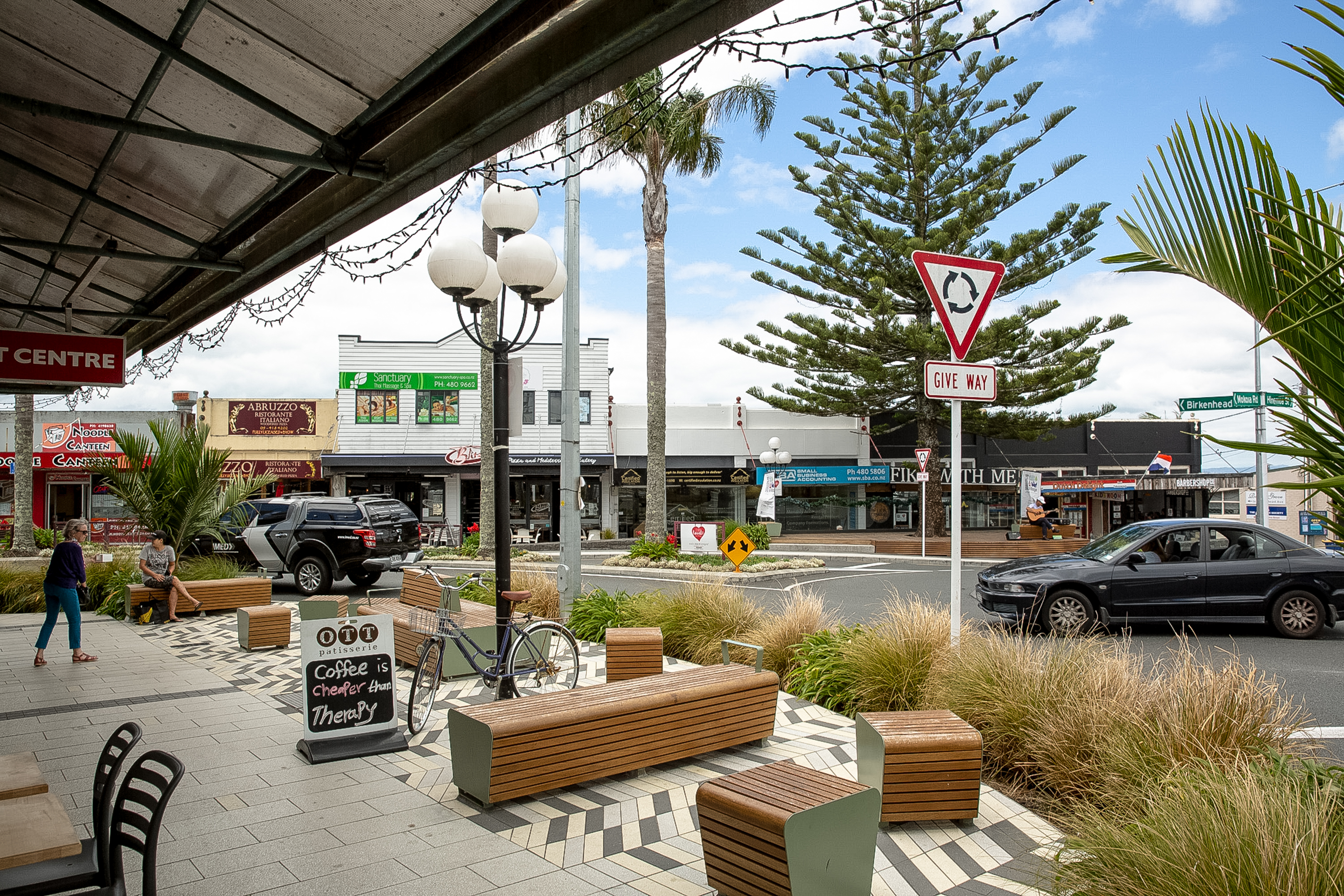
So, what does delivering wellbeing in our neighborhoods really mean in practice?
Dr. Allen says it essentially boils down to two key ideas: the idea of belonging to a place and feeling connected to it, whether it’s because you’re close to family, or because there’s a sense of familiarity, and also having access to urban amenities.
“In New Zealand, we have Te Whare Tapa Wha underpinning a lot of our thinking about wellbeing. And what’s great about this is it really makes multi-dimensional the previous concept of health.
“Of course, health is fundamental and yes, we need our built form and our environments to be good for our health. But I think wellbeing takes that a step further and says that these spaces actually impact on how we feel about ourselves and our everyday lives.”
“And we need to acknowledge the spiritual connection that underpins wellbeing, so that we can actually design and respond to that as well,” she says.
Dr Allen says that the New Zealand Government gained a lot of international kudos when they came up with the Living Standards framework, because it essentially required businesses to deliver projects that embody wellbeing principles and can help deliver wellbeing.
But, she says that at such a macro scale, it’s very hard to make that tangible on the ground in some of these large built projects.
“One of the processes we’ve been working on with key government stakeholders, local council, Iwi and community groups, and one large-scale regeneration program at an Eastern Porirua, is actually to say, how can we take this government framework and come up with a whole set of wellbeing domains that work for us?”
Dr. Allen and her team worked to create a series of indicators and measures that reflect human needs and values.
“If we take an example, let’s say: people use a range of transport choices, might be your outcome for access and mobility. You might have an indicator that says increased public transport, patronage is important. Another one might be that people perceive public transport as being affordable. And then you’ll have a measure about frequency of public transport use. So, you’re setting a goal and then you’re figuring out how you can track it in some of these large-scale projects.
“And the idea is that you create dashboards like this, where you say, this is where we think we are now, and this is where we want to get to, and you monitor it across time.”
“So, you’re really starting to break wellbeing down, working with the community to define it. And then determine what success looks like, because there’s no better way to be successful than to define where you want to go and figure out projects along the way.”
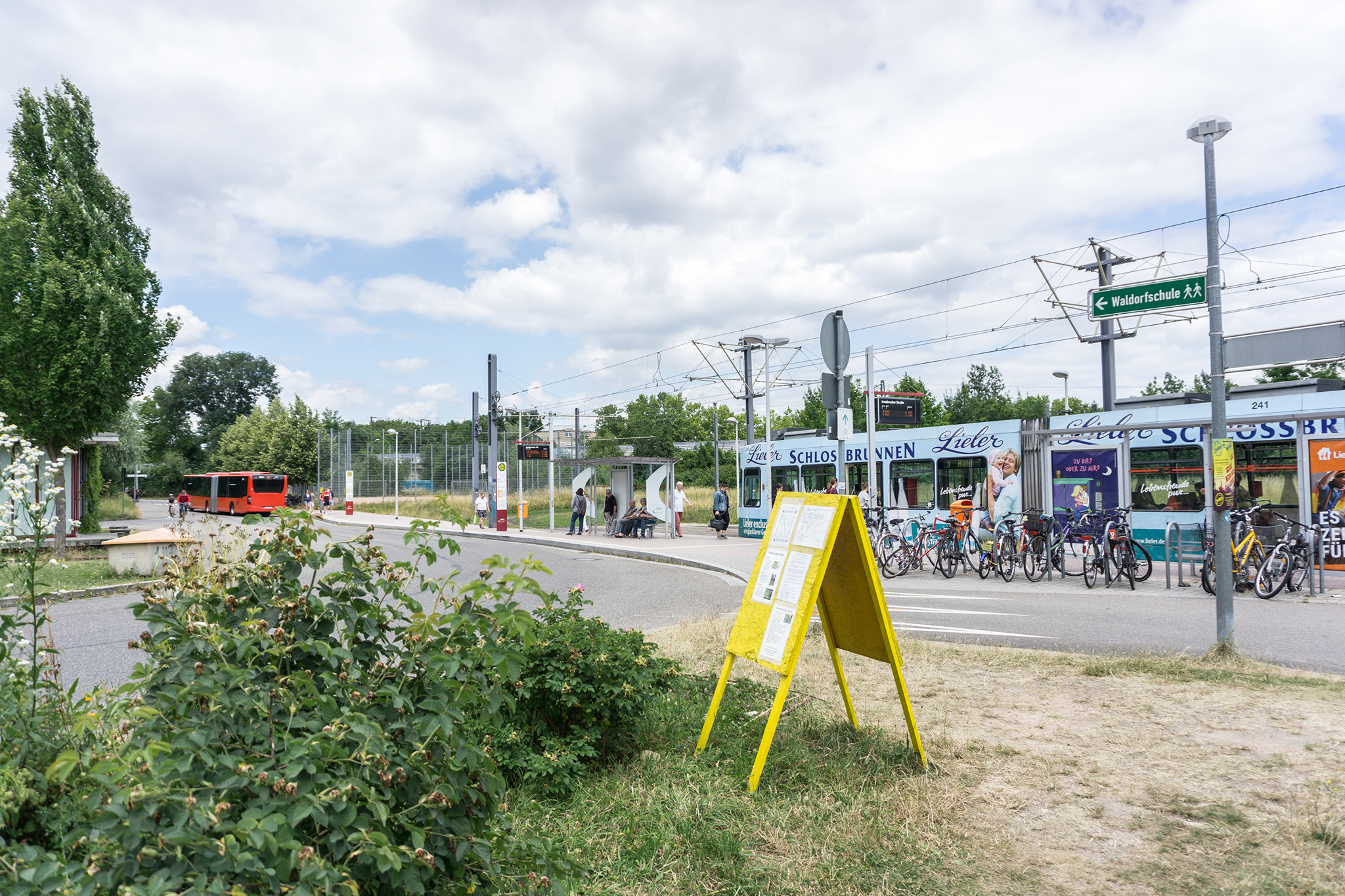
So, what will embracing a sustainable and citizen centric approach to designing our neighborhoods look like?
Dr. Allen says she’s seen a real increase in mixed use, mixed ownership community facilities, but says these facilities can be tricky to get off the ground.
“What we’re seeing is that often we’ll have half of the ingredients we need, but not all of them, and so amazing ideas don’t come to fruition.”
“For example, we might have a project where a group owns the land, but they don’t have the ability to fund an amazing project. Or they might have some capital, but not the land and not know how to go about say, working with local council to deliver a great community project.”
“So it’s really about joining the dots. And it’s really interesting how, overseas in particular, a lot of architects are starting to facilitate this process. It’s something that I hope we see a lot more of here.”
New Types of Buildings
Dr. Allen believes that if we’re going to create citizen centric communities, we need to consider the idea of mixed tenure housing projects with intentional amenities.
That’s something we’re starting to work more and more on. The idea being that eventually you’ll have a neighborhood where rather than having commercial space at the bottom of projects, you’ll get really fine grained in terms of providing a range of health and wellness, different services, entertainment and lifestyle opportunities that get spread across the neighborhood and particularly town centers, where housing is integrated with that.
“It really comes down to the idea that diverse people need diverse housing,” she says.
Dr. Allen says that in the New Zealand context, the current housing model is clearly too limited.
“Not only have we had home ownerships rates dropping for 70 years, but we currently have around 40% of people under housing stress – that being defined as people who spend more than 30% of their income on housing.”
“At the moment, the three predominant options are state rental, market rental and market ownership. But there are a whole lot of other options that we’re starting to see more of.
“Unfortunately, we’re also starting to see the need for emergency housing. And I think in part that’s because there aren’t options in the middle. And so, a lot of people are getting pushed down the housing continuum, towards state housing and emergency housing, instead of having opportunity to move towards assisted ownership and maybe market ownership.”
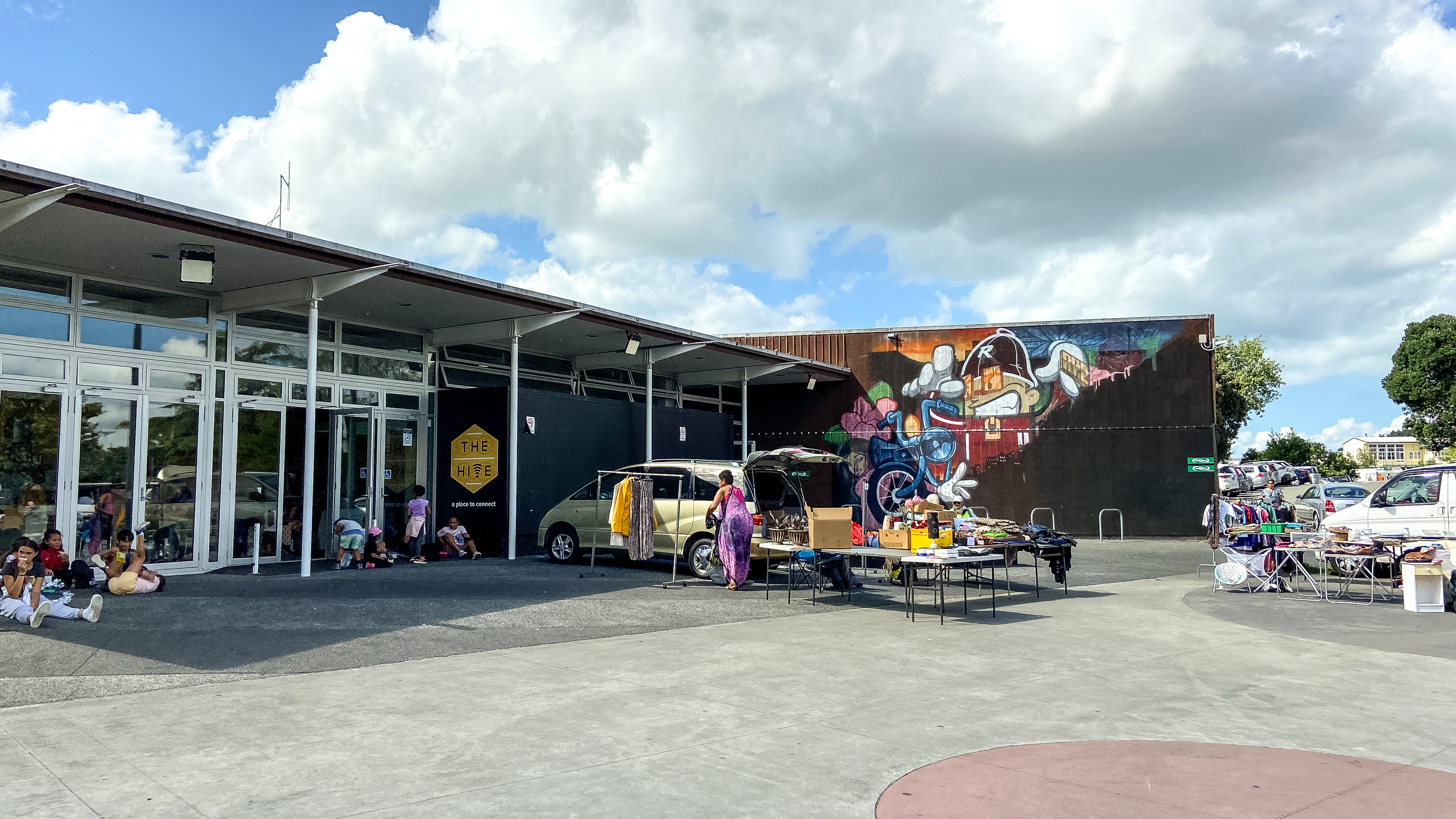
Community land trusts and cooperatives
Dr. Allen says there are new options starting to come online, with great co-housing projects and more community housing providers, but it’s a sector that needs a lot of support.
“In the UK, they’ve just come out with a $80 million equivalent fund to support these groups to grow. We don’t quite have that support in New Zealand, but we could.
“The reason why that’s so great is they create kind of stepping stone opportunities. So, it may be that market ownership is the goal. It might be that long-term secure rental is the goal and you want to be able to claim the space as your own – these options can help in the sense that they give an easier entry. You don’t necessarily need as huge a deposit because of the way that that’s structured.”
Dr. Allen speaks about Wellingtons, Buckley Road Papakaianga project as a fantastic example. The idea of Maori housing on Maori land, where they’re trialing a whole lot of different models to see what works best, and which she believes will inform a lot of other Iwi developments going forward.
“Urban Habitat Collective in Wellington is another fantastic project that’s emerging. And there’s Cohaus in Auckland which we’re so fortunate to be working with, trying to unpack a lot of the challenges that they’ve had and to try and understand the complexities of the legal requirements of doing co-housing, complexities around financing a project like this and how shared spaces get valued.
“I think if we can work through all these issues, we can have some phenomenal designs and some people who are able to live in ways that they just couldn’t in our current market.”
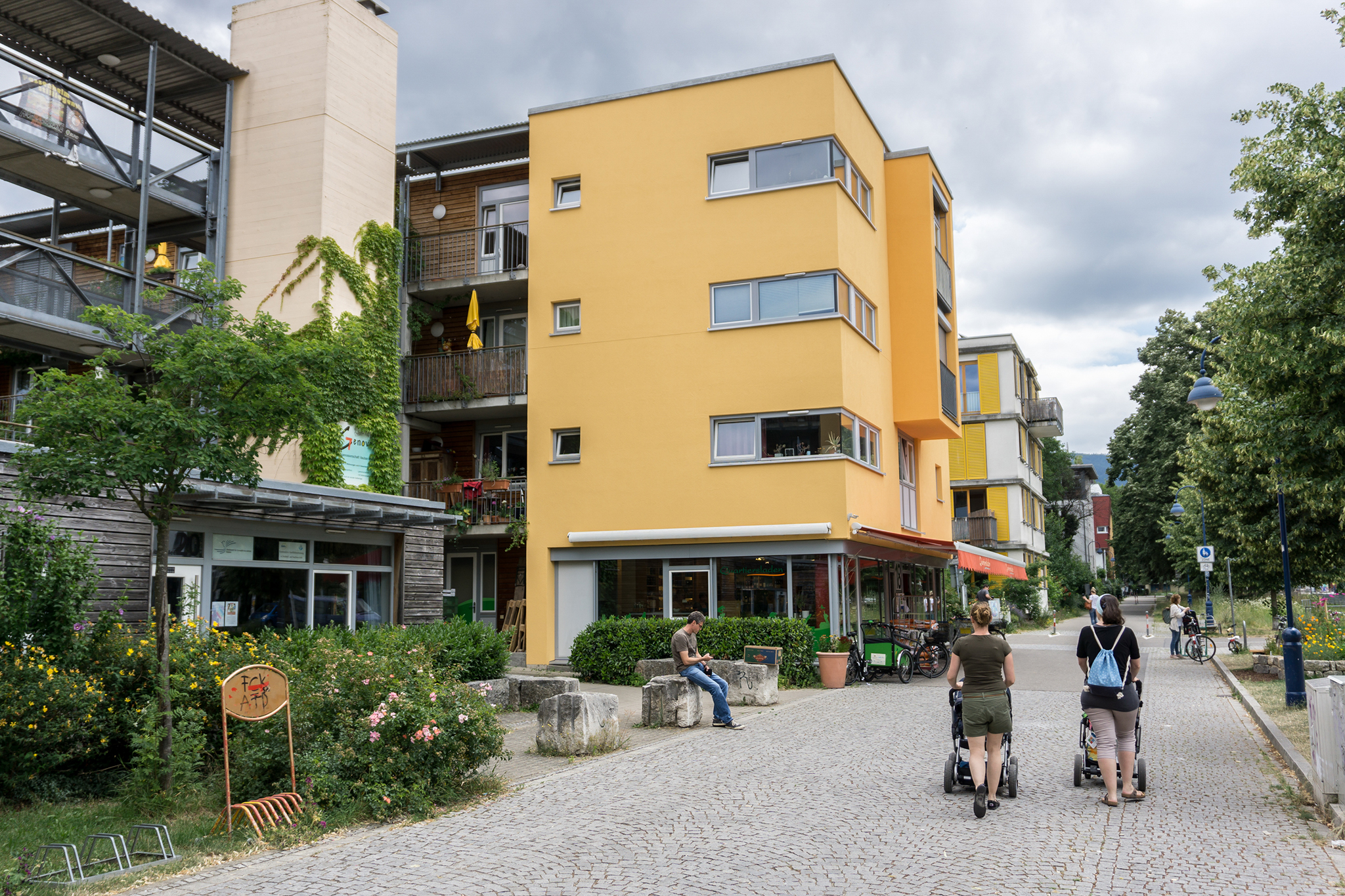
So how can we work together on new ways to deliver these wellbeing outcomes and to deliver these new housing models?
Dr. Allen says it requires “unprecedented and genuine collaboration”.
“The first idea is that we need to be data driven. And I don’t mean we need to put sensors on everything and become a smart city, we need to ask people a lot more. We need to understand all the trade-offs that people make when they decide where to live. Is it because of proximity to work? How does closeness to family affect your choices? Access to education? There’s so much rich data that could become available.”
“I think in this way, and this is a key point, housing is more than just a numbers game.”
“We see so much, particularly through politics, about how many houses can be delivered, how many houses we need, so many articles saying we don’t have enough houses. And while that might be true, I think the bigger issue is that we need to remember who we’re building for and where they need to live and what type of houses they need to live in.”
“To talk about it as just a numbers game, is a political dumbing-down of the issue, and really, it’s much more people-focused than that and having good data will be critical.”
Dr. Allen says another key way we can work together more is about knowing who’s who, and stakeholder mapping of all those involved in delivering housing.
“We did some work recently where we got together with a whole lot of teams who were working on a large regeneration project, and we said, let’s map the stakeholders. Initially they were a bit angry at the idea: Why do we need to know this? We talked to the community, isn’t that enough?”
“By going through the process, we realized that market engagement is so critical and knowing all the stakeholders is really about understanding opportunities.”
“So, getting those mixed-use projects to stack up begins with great stakeholder engagement.”
The next idea is to engage deeply.
“Again, I don’t just mean community engagement, although that’s obviously very helpful, but it is that market engagement that I think we don’t do nearly enough of.”
The next way I think we can work together more, is testing the data. And this is really about prototyping ideas, particularly on these large-scale projects that we’re seeing more and more of, where there’s a long lead time for delivery, and it might be five – 10 years before a site is fully complete. And so, there’s a huge opportunity to have prototyping projects, to test different ideas about how people use space.
“I think there’s all kinds of ways that we can join the dots in new ways around how to stack up these projects. Doing all these things will really enable us to do one simple thing and that’s to put people and place first.”
Design Experience Series will be held across the country again from August 30 to September 2. Stay tuned for information on guest speakers.

